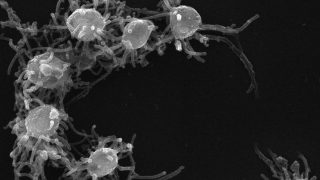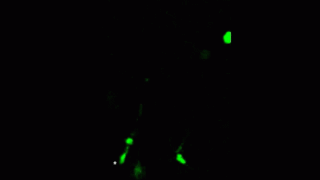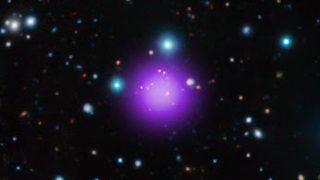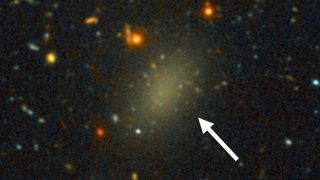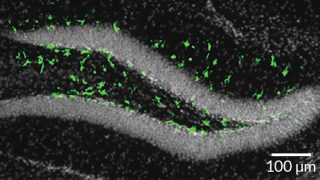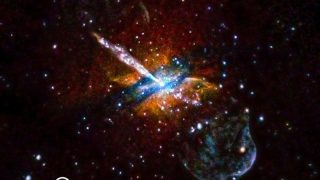
MI weekly selection #203
Humanities & Social Sciences • Science • Technology • Weekly Selection
Strange objects near neighboring galaxies brighten, then dim A pair of unknown objects near neighboring galaxies appear to produce extremely bright X-ray flares, then dim after about an hour. Astronomers aren’t sure what these objects are, noting that nothing like them has ever been spotted in the Milky Way. New Scientist Landslides appear to have […]
